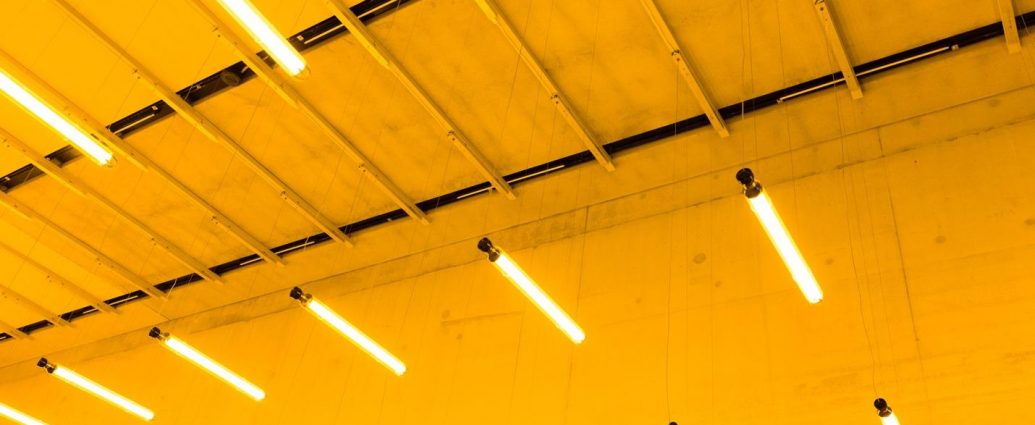Every year on the last Saturday in March, millions of people around the world turn off their lights between 8:30 and 9:30 p.m. for ‘Earth Hour.’ The purpose of Earth Hour is to raise awareness about environmental sustainability and climate change. This project is a small way of fighting climate change, but why limit our action to a single evening when we could be conscious of our daily energy consumption?
Curbing our energy use within homes and businesses can reduce our electricity bills and limit our carbon emissions.
Light is essential to any business, so finding the most energy-efficient and cost-effective lighting method is a great practice for all. One of the common misconceptions regarding electricity use is that keeping lights on is more energy efficient than turning them on and off, because turning them back on consumes more energy than simply leaving them on. That’s actually not the case; a tiny amount of energy is consumed when someone turns a light back on, but it is not nearly as significant as the amount required to power the light indefinitely.
There are many small changes businesses can make to practice energy consciousness, such as investing in motion-activated lights and light timers. When someone enters a room, infrared or sound sensors can detect their presence. Often, these controls are bundled together and referred to as “occupancy sensors.” They turn off the lights when they detect that no one is in the room, preventing energy loss from lights that are left on while no one is using them. Bathrooms, work team rooms, walk-in closets, storage rooms, walk-in refrigerators, and other rooms with infrequent occupants are ideal for occupancy sensors. If someone leaves the light on in these low-traffic places, it may go unnoticed for several hours or even days. A sensor would prevent this waste of energy. However, in large rooms where a sensor may not detect that someone is still present and turn off lights that are still in use, a sensor can become more of an inconvenience than a money saver. Motion sensors or activated lights may not be ideal for these areas—light timers, by contrast, offer a better alternative. A light timer is an electrical circuit that contains a clock. The timer connects between the power supply and the light by turning lights on and off at the times you choose. These devices, which come in a range of sizes, include controls ranging from circular dials to digital settings. Not only are they easier on our pockets and the earth, but they offer a solution that requires no more effort than having to get up and turn on/off the light. It happens automatically!
Many businesses leave their lights on overnight for security reasons, but by installing motion-sensor lights at certain entrances, they can preserve their peace of mind, and many light timers come with a random vacation setting to deter intruders. A motion sensor or light timer can automatically turn the lights on upon detecting activity within a specific area but keep them off on usual nights when no one is present. Another problem with a standard switch on/off lighting system is that people often forget to turn off lights; with motion sensor lights, the lights will switch off after a certain amount of time passes and no activity is detected, and the timer for this can also be adjusted. Another solution to this forgetfulness is light timers. Every day at the same time, timers switch lights on and off. This can save money in the long run by preventing lights from being left on by accident. Outdoor lighting can greatly benefit from timers. The timer will turn on the lights throughout the evening hours and then turn them off when they are no longer needed, reducing energy consumption.
For small businesses with fewer rooms, the cost of implementing these solutions can range from $20 to $150, and they can be purchased at hardware stores such HomeDepot. For big business and institutions such as universities, the plan to switch to motion activated lights will probably be more expensive, but also more rewarding. For example, the University of Washington is implementing a plan to install motion activated lights in communal areas on campus. The project’s total cost (including materials, labor, taxes, advertising, and outreach) is anticipated to be $7775.74. However, the university estimates that the complete project expenditures will be recovered in only eight years thanks to the electricity savings.
Updating our lighting systems is the most cost-effective and sustainable way to run our businesses. A little effort at the beginning can produce big rewards in the end.
–Mariana Monahan

